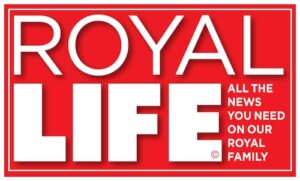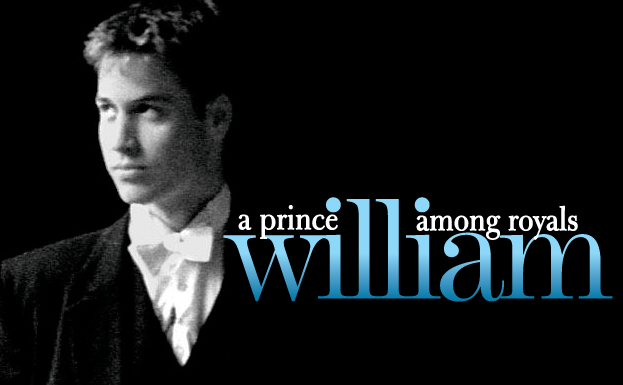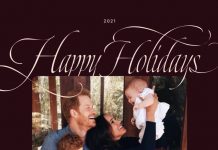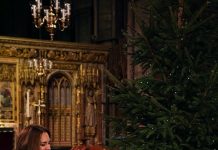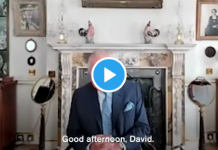As a male-line grandchild of the sovereign and son of the Prince of Wales, William was styled His Royal Highness Prince William of Wales, though he was affectionately called Wombat or Wills (the latter a name by which he is still known by the general public) by his parents.
It was reported that, at age seven, the Prince said to his mother that he wanted to be a police officer when he was older, so that he would be able to protect her (said to be a reaction to his parents marital crisis); a statement to which his brother responded: Oh, no you can’t. You’ve got to be King. Prince William’s first public engagement was on 1 March 1991 (Saint David’s Day), during an official visit of his parents to Cardiff in Wales. After arriving by plane, the Prince was taken to Llandaff Cathedral, where he signed the visitors’ book, thereby demonstrating that he was left-handed.
On 3rd June 1991, William raised much alarm when he was admitted to Royal Berkshire Hospital after having accidentally been hit on the side of the forehead by a fellow student wielding a golf club. The Prince did not lose consciousness, but did suffer a depressed fracture of the skull and was operated on at the Great Ormond Street Hospital, resulting in a permanent scar. Proof, if ever it were needed, that while he may be a Prince, William was still very much a boy and behaved like one when out of the public eye.
William was educated at independent schools, starting at Jane Mynors’ nursery school and the pre-preparatory Wetherby School, both in London. Following this, he attended Ludgrove School and was privately tutored. William was then admitted to Eton College. Eton was a choice that went against the family tradition of sending royal children to Gordonstoun (William?s grandfather, father, two uncles, and two cousins all attended). But Charles is not thought to have enjoyed his time there, while both Diana?s father and brother had attended Eton, and William did well there. He studied geography, biology and history of art at A-Level, obtaining an A in geography, a C in biology and a B in history of art. At Ludgrove he also participated in football ? along with swimming, basketball, clay pigeon shooting and cross-country running.
But while his academic career was running smoothly, the young Prince’s home life was about to be shattered. William’s mother, Diana, was divorced from the Prince of Wales when she died in a tragic car accident in Paris, France in 1997. Fifteen-year-old William was staying at Balmoral Castle along with his brother and father at the time, and the Prince of Wales waited until early the following morning to tell his sons about their mother’s death. In view of the tragedy that befell Princess Diana, a car accident partially caused by her being hounded by paparazzi, it was agreed between the Royal Family and the tabloid press that William would be allowed to study free of paparazzi intrusion in exchange for regular updates of the Prince’s life, which they were duly given.
After completing his studies at Eton, the Prince began a gap year, during which he took part in British Army training exercises in Belize and, for ten weeks, taught children in the town of Tortel, in southern Chile, as part of the Raleigh International programme. By 2001, William was back in the United Kingdom and had enrolled, under the name William Wales at the University of St Andrews, in the historic Scottish town as much known for its golf as its university. News of this caused the number of applications to St Andrews to swell, mostly from young women who wanted an opportunity to meet the charming young Prince.
The extra attention did not deter him, though, and he embarked on a degree course in art history, later changing his main subject to geography, and going on to earn a Scottish Master of Arts degree with upper second class honours in geography the highest academic honours of any heir to the British and other Commonwealth realms’ thrones. He also met a young lady named Catherine Elizabeth Middleton. During their graduation ceremony, the University?s vice-chancellor, Dr. Brian Lang said: ?You will have made lifelong friends you may even have met your future husband or wife. How prescient he was.
This Article was taken from Royal Britain’s Guide to the Royal Wedding – Part 1
